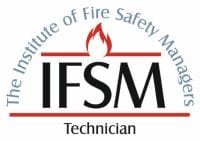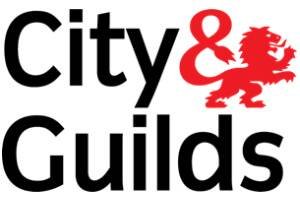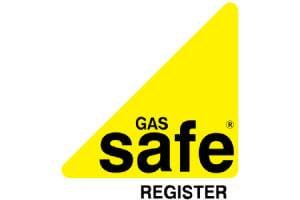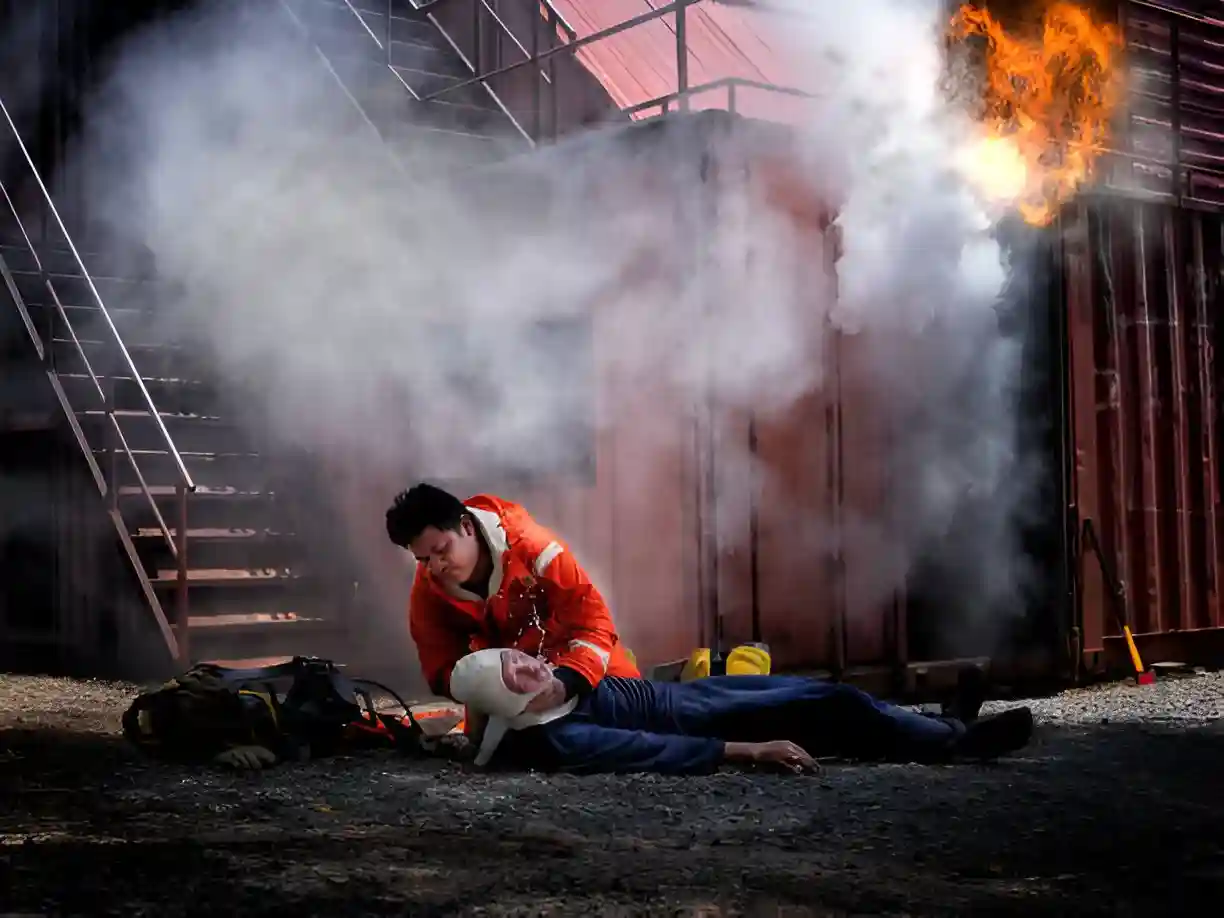
The significance of a well-structured fire risk assessment cannot be overstated in ensuring workplace safety. By following the 5 stages of fire risk assessment, organisations can systematically detect unsafe conditions and implement essential controls. Each stage enhances the previous one, creating a complete safety strategy. However, many workplaces overlook significant elements in this process. Understanding these 5 stages of fire risk assessment could significantly improve employee safety and regulatory compliance. What might these 5 stages of fire risk assessment involve, and how can they be applied effectively?
Main Points
- The fire risk assessment process includes discovering danger, assessing risks, and applying control measures to improve safety at work.
- Stage 1 focuses on detecting possible sources of ignition, fuel, and oxygen in the work environment.
- Stages 2 and 3 focus on uncovering at-risk individuals and assessing the effectiveness of existing safety measures.
- Regular training, drills, and updates are essential to sustain an adaptable approach to fire safety and compliance.
- Regular annual assessments and quick reviews after incidents guarantee continuous determination and alleviation of fire dangers.
What Is a Fire Risk Assessment, and Who Is Responsible for Conducting It?
A fire risk assessment is a thorough review conducted to find possible fire threats in a building and evaluate how well existing safety measures work. This process involves analysing various elements, such as the building’s layout, materials, and occupancy patterns, to locate risks that could cause a fire.
Responsibility for carrying out these assessments usually falls on the employer or building owner, who must ensure compliance with fire safety regulations. It may also include appointing a trained individual or team, such as a fire safety officer, to perform the assessment.
Employees are also expected to report fire threats and follow safety regulations and procedures. Regular reviews and updates of the assessment are essential, especially after significant changes within the building or its use.
Ultimately, conducting a comprehensive fire risk examination helps create a safer environment by spotting fire threats and strengthening overall safety.
Why the 5 Stages of Fire Risk Assessment Are Fundamental for Workplace Safety
Understanding the 5 stages of fire risk assessment is essential for ensuring workplace safety. These 5 stages of fire risk assessment offer a clear framework that helps organisations spot, assess, and reduce fire threats effectively. By following this methodical process, employers can create a safer environment for staff and visitors, lowering the chance of fire incidents.
Each stage serves a specific purpose, ensuring that no aspect of fire risk is overlooked. This comprehensive framework enables the identification of fire danger, risk assessment, implementation of control measures, and continuous monitoring of fire safety protocols.
Moreover, embedding these stages into workplace culture encourages awareness and responsibility among staff, fostering a proactive approach to fire safety.
Ultimately, focusing on the 5 stages of fire risk assessment ensures legal compliance and boosts safety, giving employees confidence that their well-being is a priority.
Stage 1: Recognising Fire Hazards in the Workplace
Detecting fire risks at work is an initial step in conducting a fire risk assessment. This phase involves discovering sources of ignition, fuel, and oxygen that could start a fire. Using a systematic method ensures that no danger is overlooked.
Key areas to focus on include:
- Ignition Sources: Identify equipment, tools, or processes that could generate heat or sparks, like electrical systems or open flames.
- Combustible Materials: Analyse materials in the workplace that are highly flammable, such as paper, wood, chemicals, and textiles.
- Safety Equipment: Consider the status and functionality of fire extinguishers, alarms, and suppression systems to confirm they are working properly.
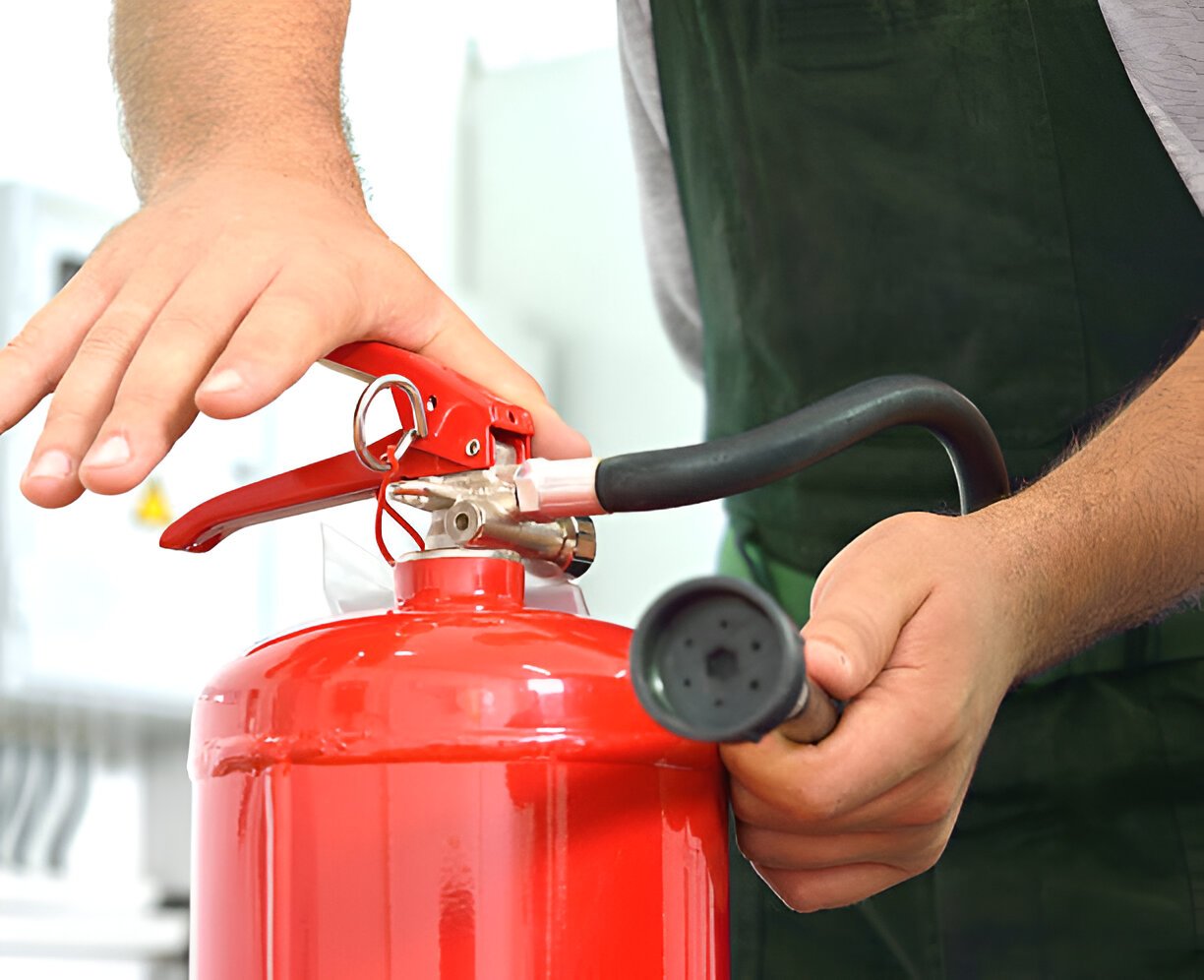
Stage 2: Identifying People at Risk During a Fire Emergency
Who is most vulnerable in a fire emergency? Identifying at-risk individuals is essential for accurate fire risk assessment.
People with mobility impairments, such as wheelchair or crutch users, encounter major obstacles in evacuating quickly. Elderly individuals may also react more slowly than younger employees.
Children and individuals with cognitive disabilities need special consideration, as their understanding of emergency protocols may be limited.
Furthermore, staff working in isolated areas or late shifts may face greater risks due to limited supervision during emergencies.
Visitors, contractors, and new employees unfamiliar with the building layout are especially at risk because they might not know the fastest exit routes.
Stage 3: Assessing Risks and Putting Control Measures into Place
Assessing the risks linked to fire emergencies is essential for developing effective control measures. This process helps organisations identify weaknesses and take appropriate measures to alleviate possible threats.
The following steps can aid in this assessment:
- Discover Sources of Ignition: Identify locations containing flammable substances and evaluate equipment that might pose a fire risk.
- Analyse Fire Spread Risks: Assess the layout of the workplace, including the position of exits and combustible materials, to understand how a fire might spread.
- Review Existing Safety Measures: Assess the effectiveness of existing fire safety systems, including alarms, extinguishers, and sprinklers, to ensure they comply with regulations and are well-maintained.
Stage 4: Recording Findings and Creating an Emergency Plan
Once the risks have been assessed, it becomes essential for organisations to carefully record their findings and create a comprehensive emergency plan. This documentation acts as a basic reference, outlining identified hazards, risk levels, and the control measures put in place.
Organisations must ensure that their emergency plan explicitly details evacuation procedures, communication protocols, and personnel responsibilities during a fire incident.
Furthermore, it must include precise details such as escape routes, assembly points, and emergency contact numbers.
Training employees on the emergency plan is essential to guarantee everyone understands their responsibilities and actions in the event of a fire. Regular drills should be carried out to reinforce this knowledge and boost confidence among staff.
Stage 5: Reviewing and Updating the Fire Risk Assessment
After establishing an emergency plan, organisations should regularly review and update their fire risk assessment. This continuous process ensures safety measures stay effective and relevant to changing circumstances.
Regular reviews ought to take into account several key factors:
- Changes in Operations: Any changes to workplace activities, equipment, or layout can create new fire risks that must be addressed.
- Regulations and Standards: Organisations should remain up-to-date with fire safety regulations to ensure compliance and best practices.
- Incident Learnings: Analysing past fire incidents and near misses offers valuable insights, leading to necessary safety improvements.
Common Mistakes to Avoid During a Fire Risk Assessment
While conducting a fire risk assessment, organisations often overlook the main factors that can undermine the effectiveness of their evaluation. Common mistakes include inadequate training of personnel, failure to involve employees in the process, and neglecting to document findings thoroughly. These oversights can lead to insufficient risk identification and ineffective safety measures.
| Mistake | Consequence | Prevention |
|---|---|---|
| Inadequate training | Misinterpretation of risks | Implement thorough training |
| Excluding employee input | Lack of practical insights | Encourage staff participation |
| Poor documentation | Inconsistent safety measures | Maintain clear records |
Legal Guidelines for Fire Risk Assessments in the UK
Carrying out a fire risk assessment is not only best practice for safety but also a legal requirement in the UK. Under the Regulatory Reform (Fire Safety) Order 2005, employers and responsible persons must take certain actions to reduce fire risks in the workplace.
Adhering to these regulations is necessary for legal protection and employee safety.
Key legal requirements include:
- Identify Fire Hazards: Recognise potential ignition sources and combustible materials within the premises.
- Evaluate Risks: Evaluate the risk of fire and its possible effect on staff and visitors.
- Document Findings: Keep a written record of the assessment and actions taken, making sure it is accessible to all relevant parties.
Failing to comply with these legal requirements can result in severe penalties, so organisations must prioritise regular fire risk assessments.
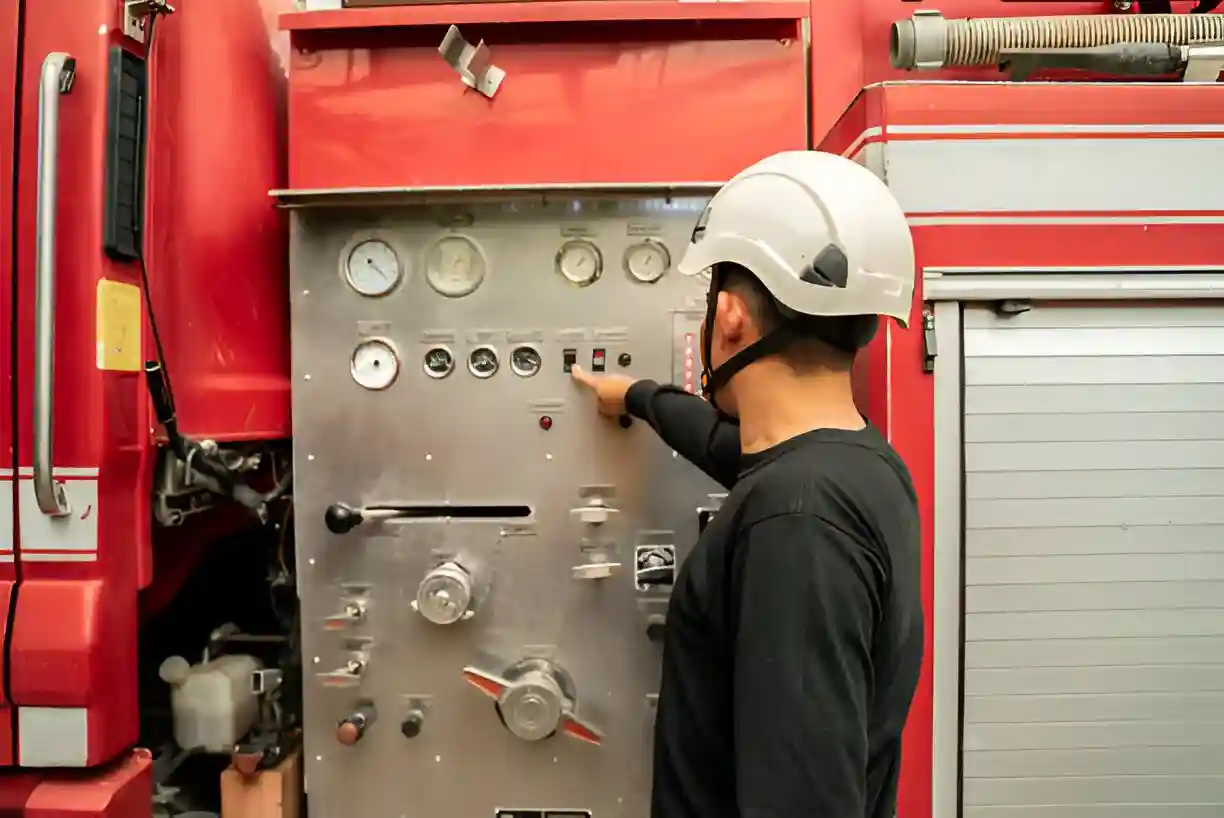
How frequently should you perform a fire risk assessment?
Determining how often to carry out fire risk assessments is essential for ensuring a safe working environment, as regulations and circumstances can change over time. It is generally advised that fire risk assessments be performed annually.
However, certain conditions may require more frequent assessments. For example, significant changes to the workplace, such as renovations or shifts in occupancy, should prompt a new evaluation. Furthermore, any incidents or near-misses related to fire safety warrant an immediate review.
Changes in regulations or guidance may also require reassessment. Additionally, certain industries or sectors might have customised requirements that determine how often these evaluations are conducted.
Regular training and fire drills should support fire risk assessments to ensure all employees understand safety protocols. Ultimately, adopting an adaptable approach to fire risk assessments is important for maintaining ongoing safety and compliance in the workplace.
Frequently asked questions.
Conclusion
In summary, the 5 Stages of Fire Risk Assessment offer a comprehensive framework essential for improving workplace safety. By systematically identifying hazards, assessing risks, and implementing control measures, organisations can significantly decrease the chances of fire incidents. Regular reviews and updates of the assessment ensure ongoing compliance with legal standards and promote a culture of safety awareness among staff. Ultimately, prioritising fire risk assessment not only safeguards lives but also helps create a safer and more confident workplace environment.



